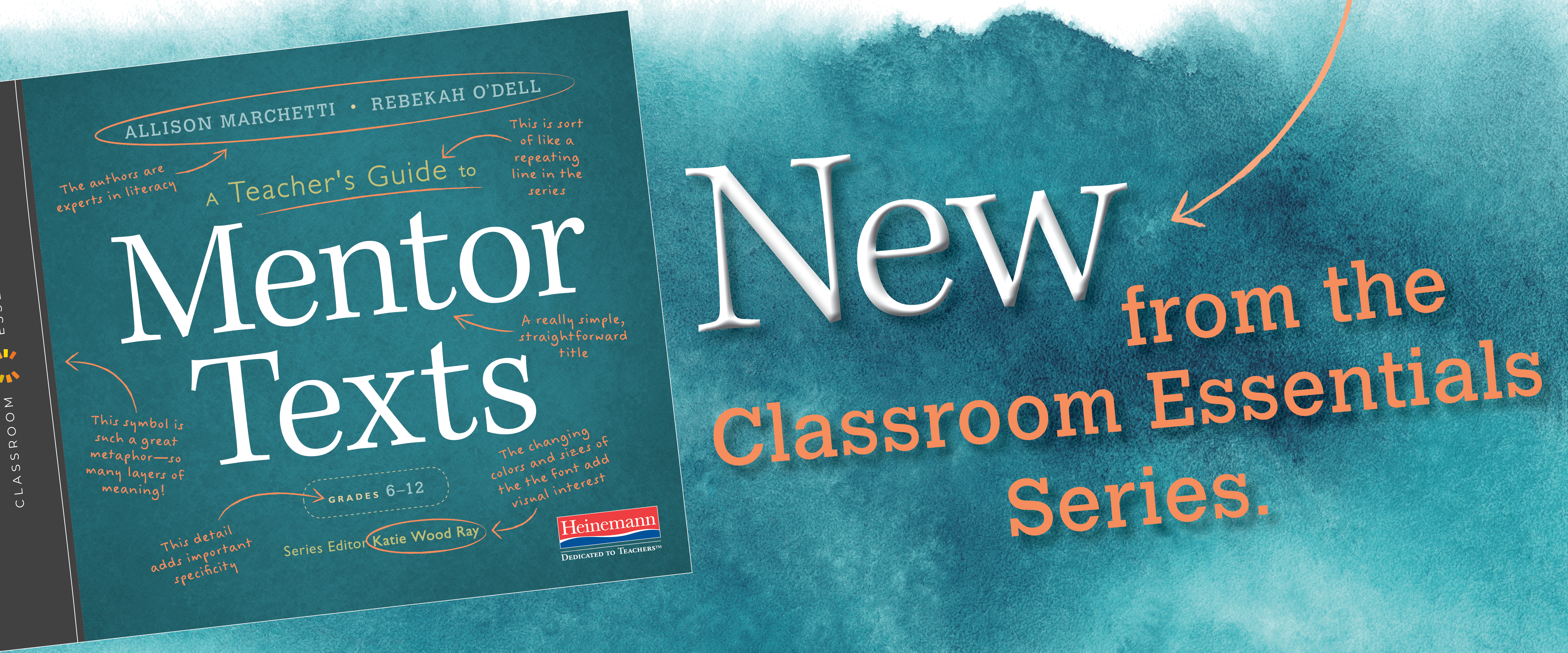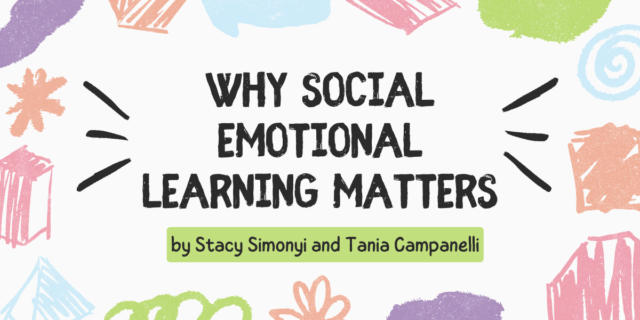
The following is an excerpt from A Teacher’s Guide to Mentor Texts, Chapter Three: Learning About Craft and Punctuation, by Allison Marchetti and Rebekah O’Dell.
The following is an excerpt from A Teacher’s Guide to Mentor Texts, Chapter Three: Learning About Craft and Punctuation, by Allison Marchetti and Rebekah O’Dell.
When we study craft and punctuation, we study the artful ways writers choose and mix words, build sentences, and add punctuation to guide the way readers experience a text. When introducing our students to mentor texts, we start with craft rather than whole pieces of writing because craft crosses all genres, topics, and audiences of writing. It also helps to start small. A beautifully crafted sentence is filled with interesting decisions the writer has made, and there’s so much to learn. Consider this sentence, for example, from the opening pages of Sarah Pennypacker’s beautiful novel Pax (New York: Balzer and Bray, 2016). Grab your pen again and make notes about what you notice.

In this video, see what we noticed when we read Pennypacker’s sentence like writers.
When we studied this sentence with our students, they noticed the repetition of conjunctions in close succession, “softer clover and wild garlic and ferns,” a craft move known as polysyndeton. A polysyndeton conjoins important words and ideas. It also affects the pace of writing, forcing the reader to linger just a bit longer than usual. In Pennypacker’s sentence, the polysyndeton mimics the ambling path of the fox.
This craft move works beautifully in a young adult novel, but we also see it in all kinds of genres in the wild. For example, take a look at this polysyndeton from Emma Baccellieri’s piece “Embracing the Romance of Spring Training.”  A craft study of a sentence like Pennypacker’s can help students write stronger sentences in any piece of writing. Consider how her lists of concrete nouns might help students bring more specificity to their ideas or how her use of em dashes might help them vary sentence structure in a piece of analytical writing.
A craft study of a sentence like Pennypacker’s can help students write stronger sentences in any piece of writing. Consider how her lists of concrete nouns might help students bring more specificity to their ideas or how her use of em dashes might help them vary sentence structure in a piece of analytical writing.
Below, see examples of Seventh grade students practicing incorporating Pennypacker’s craft moves into their own sentences.

 To learn more about A Teacher’s Guide to Mentor Texts visit Heinemann.com.
To learn more about A Teacher’s Guide to Mentor Texts visit Heinemann.com.
 Allison Marchetti is coauthor—with Rebekah O'Dell—of Writing with Mentors and Beyond Literary Analysis. Their popular blog Moving Writers focuses on writing instruction in middle and high school classrooms with an emphasis on voice and authenticity. Traveling the country to work with teachers and students provides constant inspiration as they help educators do the hard-and-transformative work of teaching real writing.
Allison Marchetti is coauthor—with Rebekah O'Dell—of Writing with Mentors and Beyond Literary Analysis. Their popular blog Moving Writers focuses on writing instruction in middle and high school classrooms with an emphasis on voice and authenticity. Traveling the country to work with teachers and students provides constant inspiration as they help educators do the hard-and-transformative work of teaching real writing.
Allison has taught middle and high school English in both public and independent schools in Richmond, Virginia. Her favorite moments in the classroom happen at students’ desks, thinking and reading and writing beside them. Rebekah O'Dell is coauthor—with Allison Marchetti—of Writing with Mentors and Beyond Literary Analysis. Their popular blog Moving Writers focuses on writing instruction in middle and high school classrooms with an emphasis on voice and authenticity. Traveling the country to work with teachers and students provides constant inspiration as they help educators do the hard-and-transformative work of teaching real writing.
Rebekah O'Dell is coauthor—with Allison Marchetti—of Writing with Mentors and Beyond Literary Analysis. Their popular blog Moving Writers focuses on writing instruction in middle and high school classrooms with an emphasis on voice and authenticity. Traveling the country to work with teachers and students provides constant inspiration as they help educators do the hard-and-transformative work of teaching real writing.
After more than a decade in the high school classroom, Rebekah currently teaches middle school English in Richmond, Virginia. She has experience using the reading and writing workshop model to transform student engagement at all levels, from inclusion classrooms to the International Baccalaureate program.



